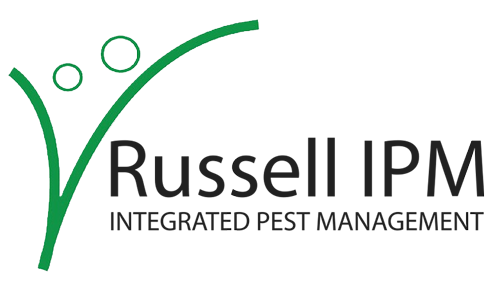Tableau
Tableau is a powerful data visualization and business intelligence tool used for analyzing and visualizing data to support data-driven decision-making. Activities in Tableau range from data preparation and integration to creating dashboards, managing data sources, and deploying interactive visualizations.
Here are the primary activities involved in using Tableau:
Connecting to Data Sources: Linking Tableau to various data sources such as databases (SQL Server, MySQL, PostgreSQL), cloud services (Google BigQuery, AWS), flat files (Excel, CSV), and web APIs.
Data Extraction and Refresh: Extracting data for in-memory analysis or setting up live connections to access real-time data.
Data Blending and Joins: Combining data from different sources within Tableau using data blending or joining tables based on common fields.
Data Cleaning: Handling missing values, removing duplicates, and filtering unnecessary rows or columns for cleaner data analysis.
Data Shaping and Structuring: Reshaping data using Tableau Prep or within Tableau to ensure it is in the proper format for analysis (e.g., pivoting, unpivoting).
Calculated Fields: Creating custom calculations, using formulas and functions (e.g., mathematical, string, or date functions) to derive new fields or metrics.
Chart Creation: Creating various chart types, such as bar charts, line charts, pie charts, scatter plots, heat maps, and geographic maps, to represent data visually.
Customization and Formatting: Adjusting visual elements like colors, labels, and fonts to make charts and visuals more engaging and aligned with branding.
Hierarchies and Drill-Downs: Setting up hierarchical levels (e.g., year > quarter > month) to allow users to drill down into data for detailed analysis.
Dashboard Creation: Combining multiple charts and visualizations into a cohesive, interactive dashboard for comprehensive insights.
Storytelling: Creating data stories by arranging dashboards and visuals in sequence to guide users through a narrative or analysis.
Adding Interactivity: Implementing interactive elements like filters, parameters, and actions (e.g., click-to-filter) to allow users to explore data dynamically.
Trend and Forecasting Analysis: Using Tableau's built-in tools for trend lines, forecasts, and clustering to identify patterns in data.
Statistical Analysis: Applying statistical calculations (e.g., median, standard deviation, percentile) and testing models for deeper insights.
Table Calculations: Creating calculations based on data in tables, such as running totals, moving averages, or percent differences.
Geographic Data Mapping: Visualizing location-based data on maps, such as plotting cities, regions, or countries.
Custom Geocoding: Adding custom latitude and longitude coordinates for locations not included in Tableau’s default geographic data.
Spatial Analysis: Using spatial joins, polygons, and paths to represent geographic relationships and movement.
Access Control: Setting permissions and access levels for Tableau workbooks and data sources to control who can view, edit, or publish content.
Row-Level Security: Configuring row-level security to restrict data access based on user roles, ensuring each user sees only relevant data.
Data Source Certification: Certifying data sources to ensure users are working with trusted, validated datasets.
Publishing to Tableau Server or Tableau Online: Publishing dashboards and visualizations to Tableau Server, Tableau Online, or Tableau Public for easy access and collaboration.
Embedding Visualizations: Embedding Tableau dashboards into websites, portals, or applications to make insights accessible externally.
Report Scheduling and Alerts: Setting up automated report refresh schedules and creating alerts to notify users of critical metric changes.
Query Optimization: Optimizing queries, using extracts instead of live connections when necessary, and aggregating data to improve performance.
Dashboard Performance Optimization: Reducing load times by minimizing the number of worksheets, optimizing calculations, and simplifying complex visualizations.
Extract Optimization: Creating efficient data extracts by filtering data, hiding unused fields, or reducing data granularity for faster loading.
Comments and Annotations: Adding comments, annotations, and tooltips to visuals to provide context and clarify findings for viewers.
Collaborative Sharing: Sharing workbooks with team members, allowing them to add insights or suggest changes, and versioning to manage updates.
Feedback Collection: Gathering user feedback on dashboards and making adjustments based on their needs and insights.
Data Source Updates: Regularly updating data connections, extracts, and dashboards to reflect new or changing data.
Version Control: Maintaining control over versions and keeping track of changes in Tableau workbooks and data sources.
Content Archiving and Cleanup: Archiving outdated dashboards and removing unnecessary or duplicate workbooks to keep Tableau organized and relevant.








